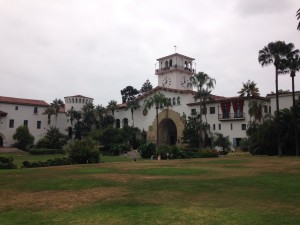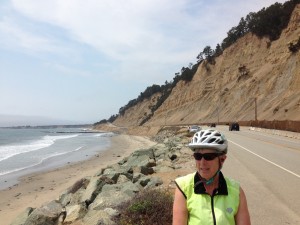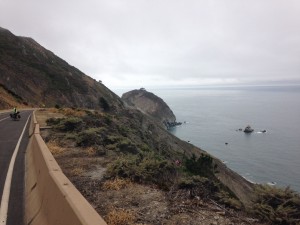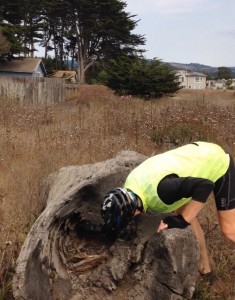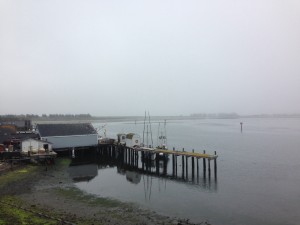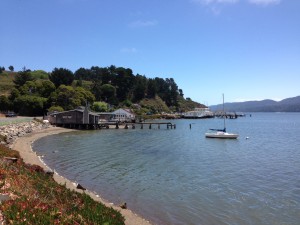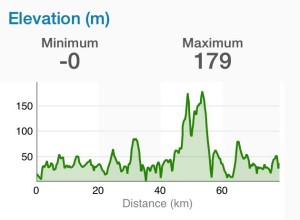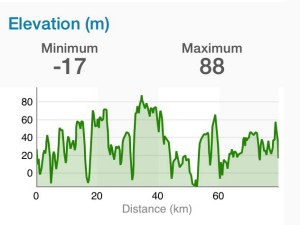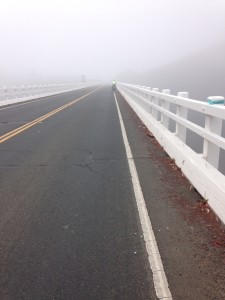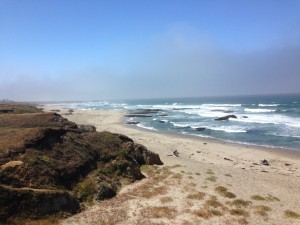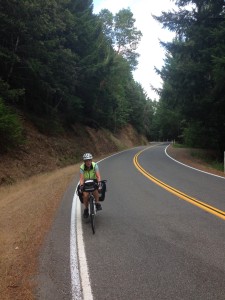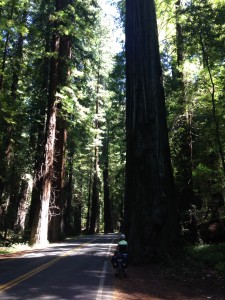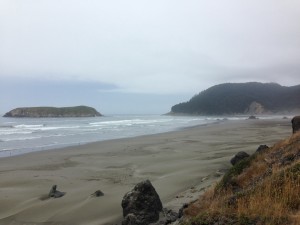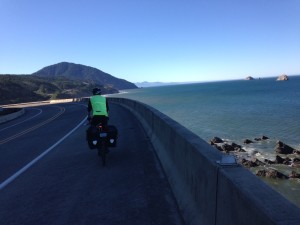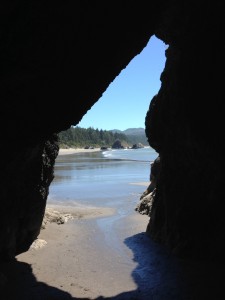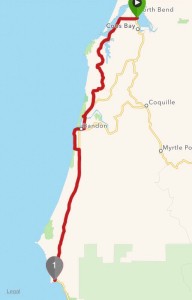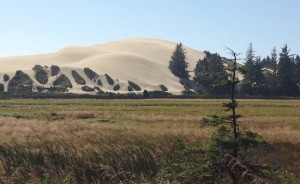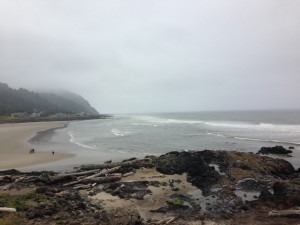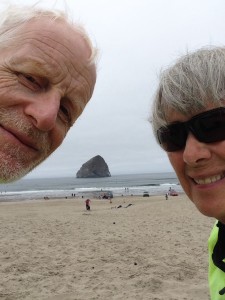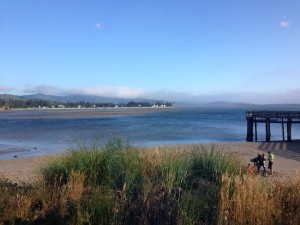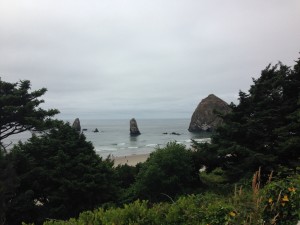After two days of discussing options, we decided to end our trip south, in Santa Barbara. Descriptions of the physical and mental stress of getting through the urban area around Los Angeles in the height of summer, together with the challenges of finding accommodation for anything less than exorbitant prices, made the decision to finish there easier. We are also reluctant to spoil the wonderful experience we have had over the 2000 kms to Monterey. We may return to cycle the remaining part of the route to San Diego in a future off-season. This does mean that we miss the search for Treasure Hunt #4, however, – sorry, Marius!
Santa Barbara proved to be an agreeable place to spend a few days being tourists. Fringed by long, sandy beaches, and with the Santa Ynez Mountains and Los Padres National Forest as backdrop, the attractive city had much to offer in the way of culture, seafood, shopping and, of course, beach time.
An earthquake in 1924, which demolished much of the downtown, enabled the City to enforce a planning ordinance passed only months before. This required that all development in the downtown core was to be in a Spanish Revival style. The centre is now an attractive mix of low adobe-style buildings, streets with no parking, passeos and arcades. The city has an inordinate number of unique shops and restaurants which speaks to the affluence of some of the resident and visiting population. We had a fascinating Sunday morning tour, conducted by a volunteer representative of the Architecture Foundation of Santa Barbara.
The Law Courts are a good, but perhaps slightly “over the top” example of the revival architecture. There are also four movie theatres dating from that time. The Fox is the most elaborate, structured as a Spanish village, and includes a driveway between the walkway beyond the ticket booth, and the entrance. This enabled the stars of a film to make an appearance in front of fans before the show. Hollywood is not far and apparently many movie actors own residences in nearby Montecito.
We also cycled some well mapped-out routes in and around the town. The second trip took us to the Santa Barbara Mission, founded by the Franciscans in 1786 to convert the indigenous Chumash people. It was one of the few missions that was not secularized when Mexico inherited Spain’s colonies following the Mexican War of Independence. The domination of the Chumash and loss of culture and way of life is documented without comment in the Mission museum.
